The History Of Kuala Lumpur
Early Beginnings (1850s)
Kuala Lumpur, which means "muddy confluence," was founded in the 1850s at the meeting point of the Gombak and Klang rivers. The area started as a small settlement when Chinese tin miners, led by Kapitan Yap Ah Loy, arrived to mine tin in Ampang. The rich tin deposits attracted settlers, transforming KL into a vital trading hub.
Development Under British Rule
By the late 19th century, KL grew rapidly under British colonial administration. In 1880, the British moved the capital of Selangor from Klang to Kuala Lumpur. The city’s strategic location and expanding tin trade made it the heart of Malaya’s economic growth. Frank Swettenham, the British Resident of Selangor, played a key role in modernizing KL by introducing new infrastructure like roads and railways.
World War II and Japanese Occupation
During World War II, Kuala Lumpur fell under Japanese occupation from 1942 to 1945. The city suffered hardship during this period but quickly recovered post-war as Malaya prepared for independence.
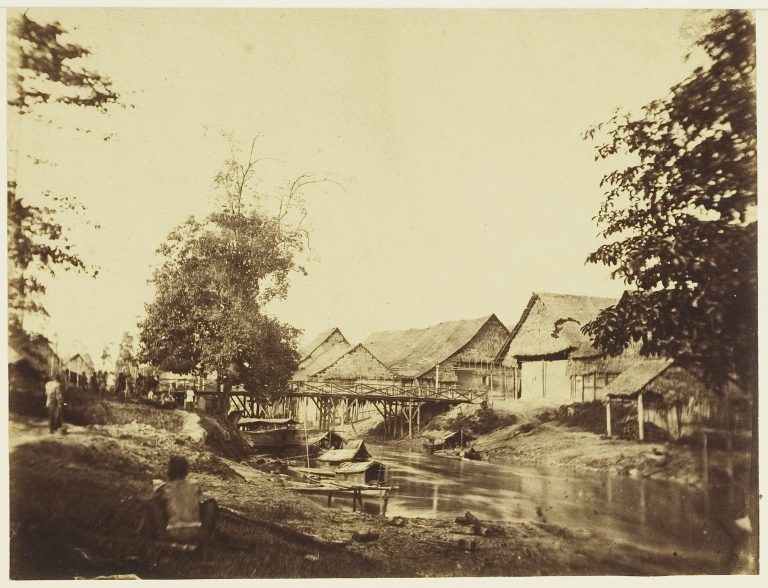
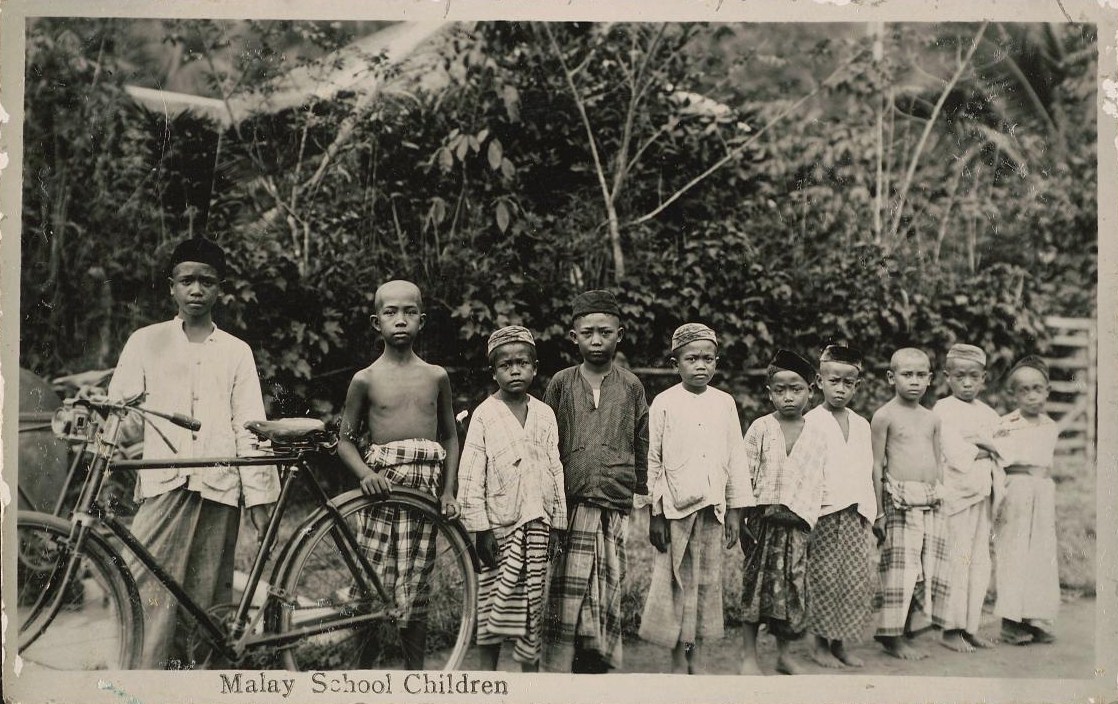
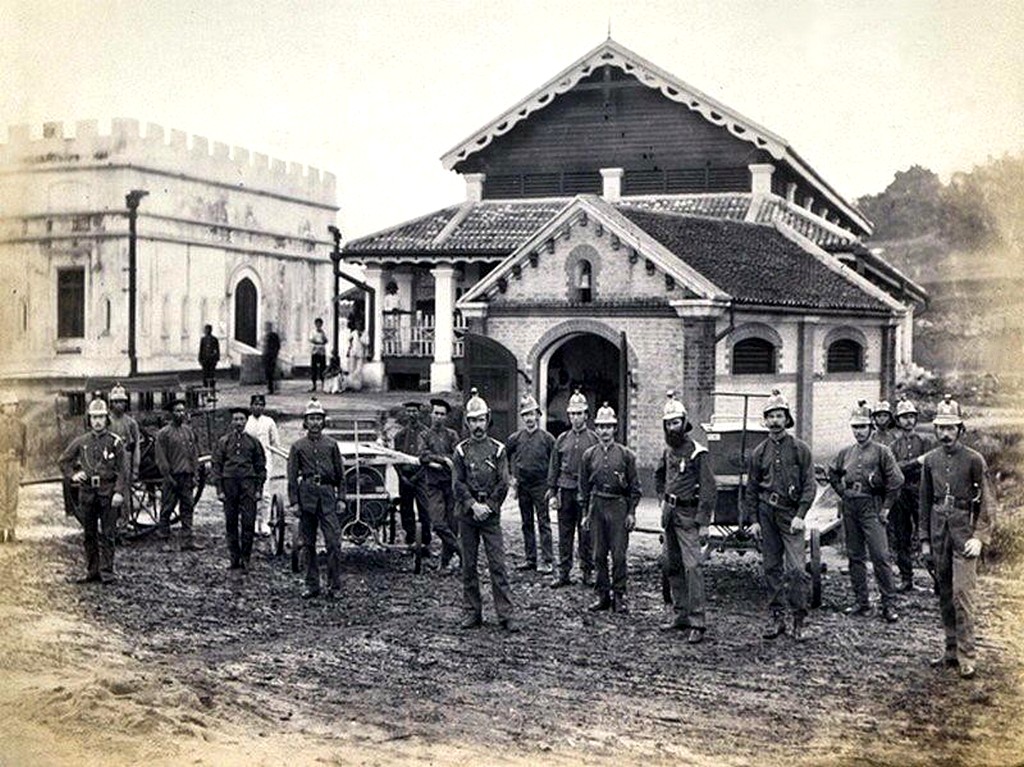
Independence and Growth (1957)
On August 31, 1957, Malaysia (then Malaya) gained independence from British rule. Kuala Lumpur played a significant role in this historic event, with Merdeka (Independence) Square becoming the site where the Malayan flag was raised for the first time.
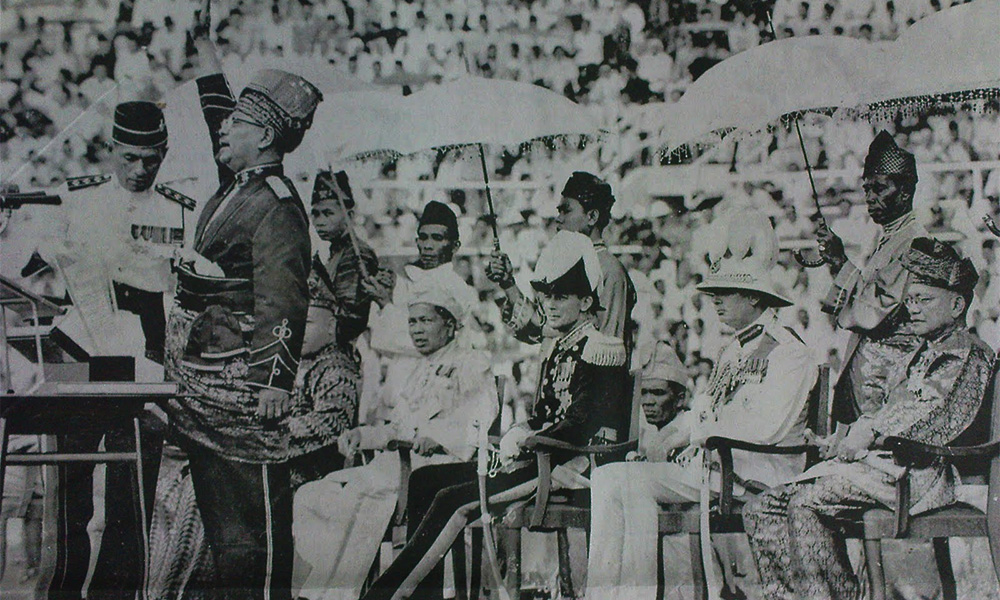
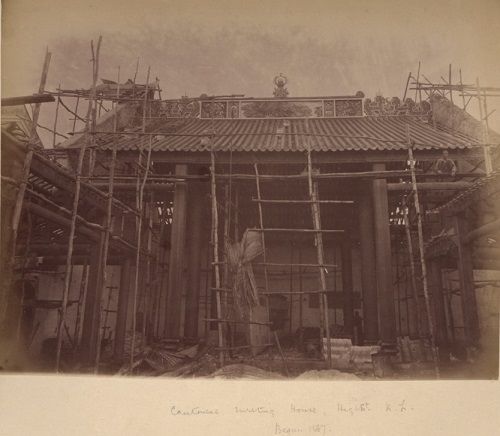
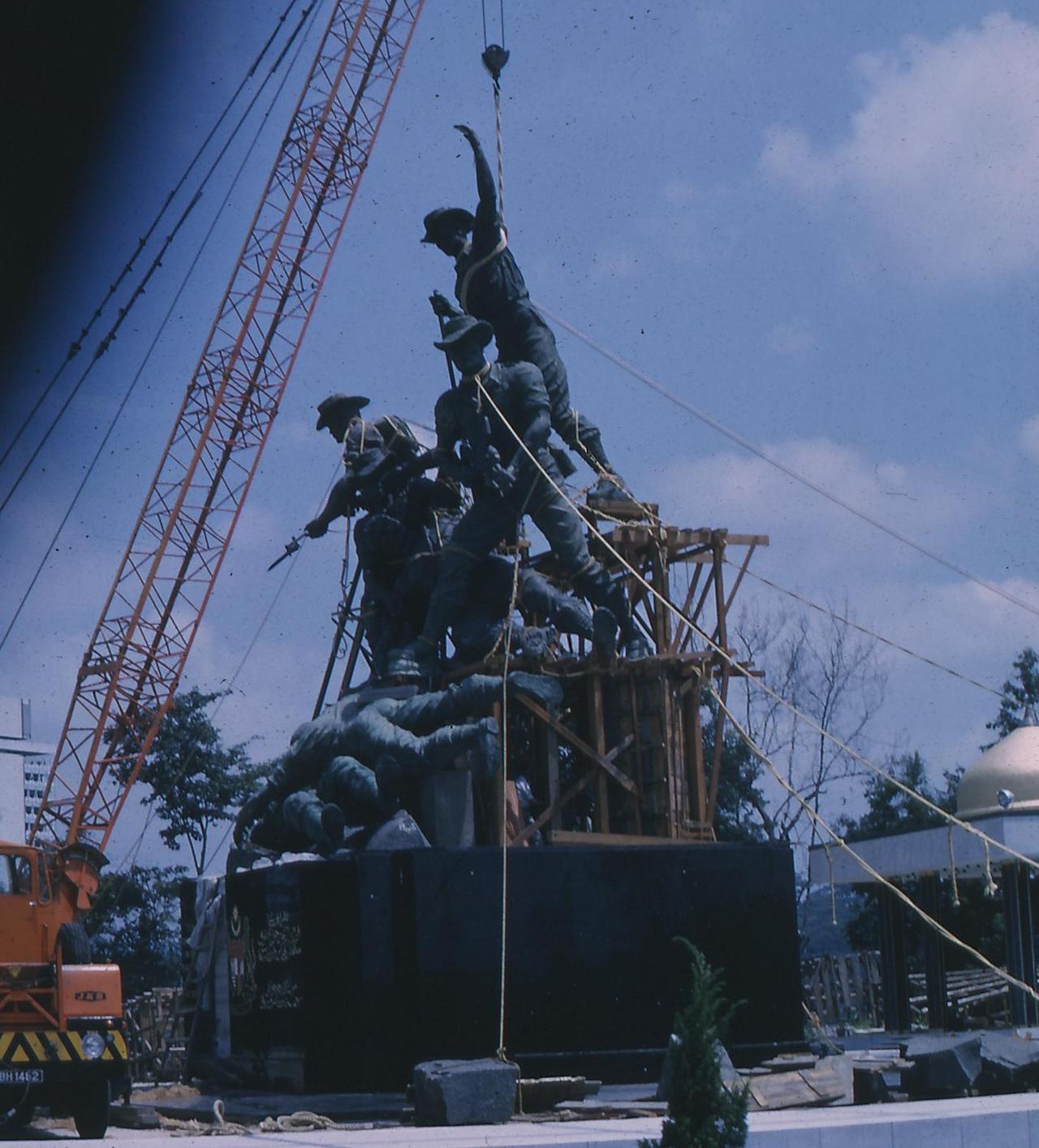
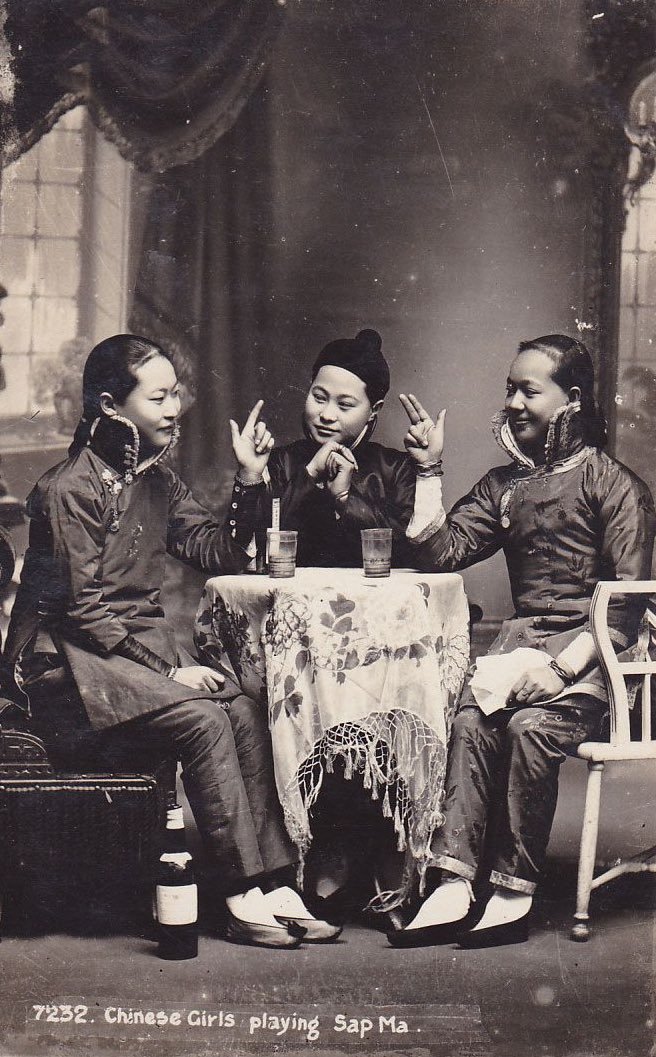
Becoming a Federal Territory (1974)
In 1974, Kuala Lumpur was separated from Selangor and declared a Federal Territory. It became the nation’s capital, housing the Malaysian Parliament, royal palace, and major administrative centers.
Modern Era and Urban Transformation
Kuala Lumpur has since evolved into one of Southeast Asia’s most vibrant cities. Landmark developments include the construction of the Petronas Twin Towers, once the tallest buildings in the world, and the establishment of the Bukit Bintang area as a major shopping and entertainment district. The city is now a melting pot of cultures, blending Malay, Chinese, Indian, and other influences.
KL Today
Today, Kuala Lumpur is a global metropolis and a symbol of Malaysia’s progress. It’s renowned for its dynamic skyline, diverse cuisine, and vibrant cultural scene, making it a must-visit destination for tourists and a key player in Malaysia's economy.
